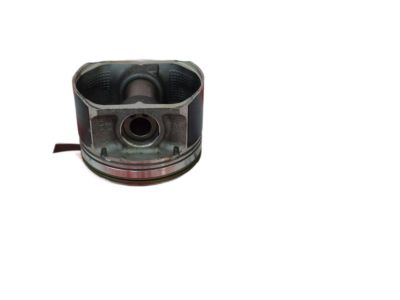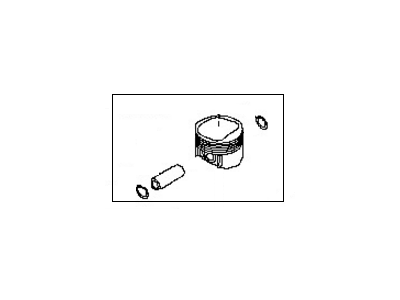×
- Hello
- Login or Register
- Quick Links
- Live Chat
- Track Order
- Parts Availability
- RMA
- Help Center
- Contact Us
- Shop for
- Nissan Parts
- Nissan Accessories

My Garage
My Account
Cart
Genuine Nissan Juke Piston
Engine Pistons- Select Vehicle by Model
- Select Vehicle by VIN
Select Vehicle by Model
orMake
Model
Year
Select Vehicle by VIN
For the most accurate results, select vehicle by your VIN (Vehicle Identification Number).
6 Pistons found

Nissan Juke Piston-W/Pin
Part Number: A2010-BV80A$82.23 MSRP: $116.15You Save: $33.92 (30%)Ships in 1-3 Business DaysNissan Juke Piston-W/Pin
Part Number: A2010-1KC0C$98.20 MSRP: $138.70You Save: $40.50 (30%)Ships in 1-3 Business DaysNissan Juke Piston,W/PIN
Part Number: A2010-1KC1A$91.47 MSRP: $129.20You Save: $37.73 (30%)Ships in 1-3 Business DaysNissan Juke Piston-W/Pin
Part Number: A2010-1KC1C$91.47 MSRP: $129.20You Save: $37.73 (30%)Ships in 1-2 Business DaysNissan Juke Piston,W/PIN
Part Number: A2010-1KC0A$98.20 MSRP: $138.70You Save: $40.50 (30%)Ships in 1-3 Business Days
Nissan Juke Piston
If you need any OEM Nissan Juke Piston, feel free to choose them out of our huge selection of genuine Nissan Juke Piston. All our parts are offered at unbeatable prices and are supported by the manufacturer's warranty. In addition, we offer quick shipping to have your parts delivered to your door step in a matter of days.
Nissan Juke Piston Parts Questions & Experts Answers
- Q: How do you properly remove the pistons from the cylinder block on Nissan Juke?A:Remove the sump, Timing Chain/belt, oil pump, and Cylinder Head. For petrol engines, take off the flywheel, then undo the retaining bolts and detach the upper alloy part of the sump from the bottom of the cylinder block. On 1.2 litre petrol engines, undo the retaining bolts and remove the main bearing cap support beam. If there is a pronounced wear ridge at the top of any bore, it may be necessary to remove it with a scraper or ridge reamer to avoid piston damage during removal, as such a ridge indicates excessive wear of the cylinder bore. Each connecting rod and bearing cap should be stamped with its respective cylinder number, with No 1 cylinder located at the timing chain end of the engine, and big-end caps marked with a centre punch. If no markings are visible, use quick-drying paint or similar to mark each connecting rod and big-end bearing cap with its respective cylinder number on the flat machined surface provided. Turn the Crankshaft to bring pistons 1 and 4 to bottom dead centre. Unscrew the belts from No 1 piston big-end bearing cap, remove the cap, and recover the bottom half bearing shell. If the bearing shells are to be reused, tape the cap and the shell together. Using a hammer handle, push the piston up through the bore and remove it from the top of the cylinder block, recovering the bearing shell and taping it along with the connecting rod for safekeeping. Loosely refit the big-end cap to the connecting rod and secure with the bolts to help keep the components in their correct order. Remove No 4 piston assembly in the same manner. Turn the crankshaft through 180° to bring pistons 2 and 3 to bottom dead centre, and remove them in the same way.










